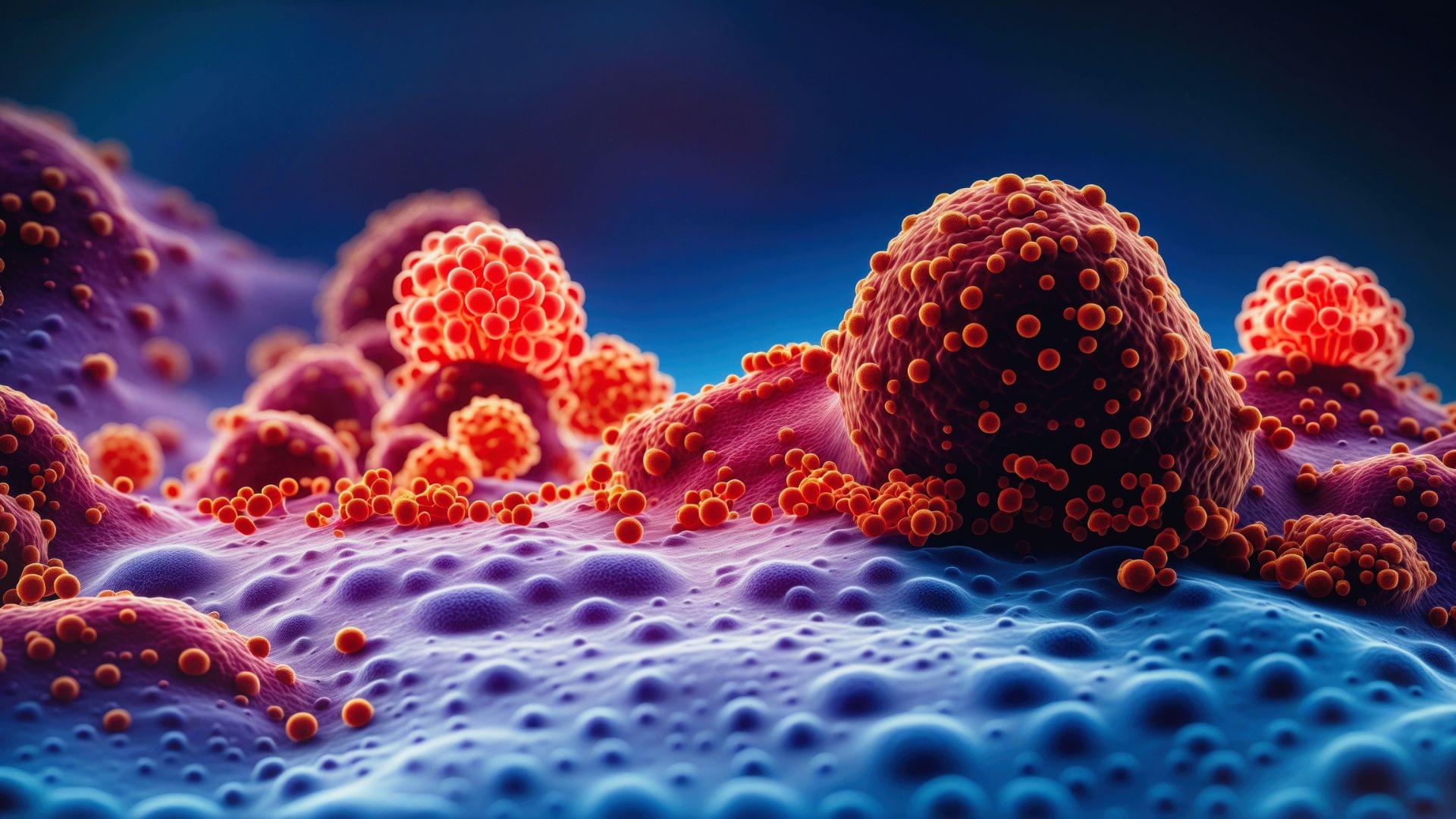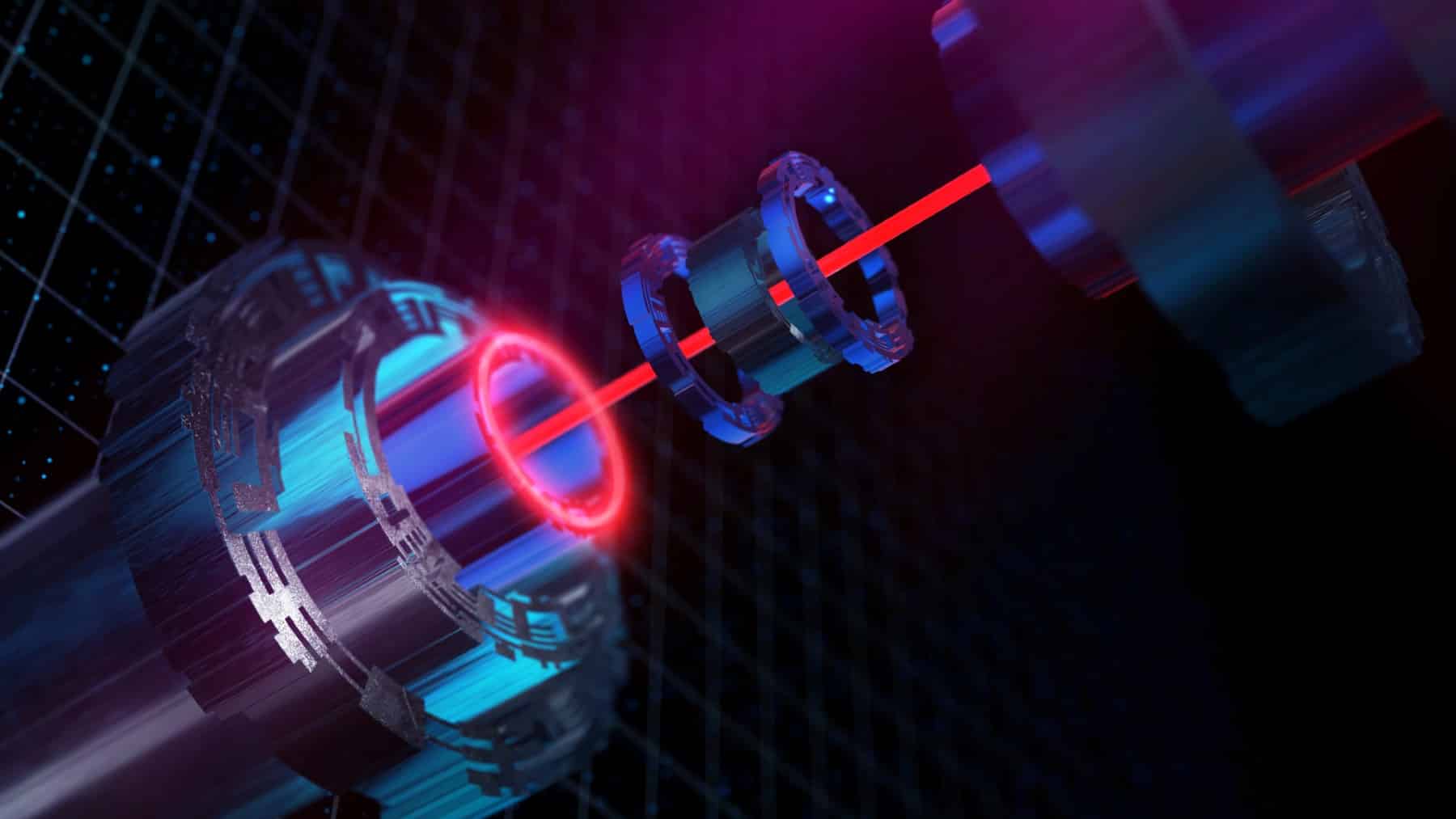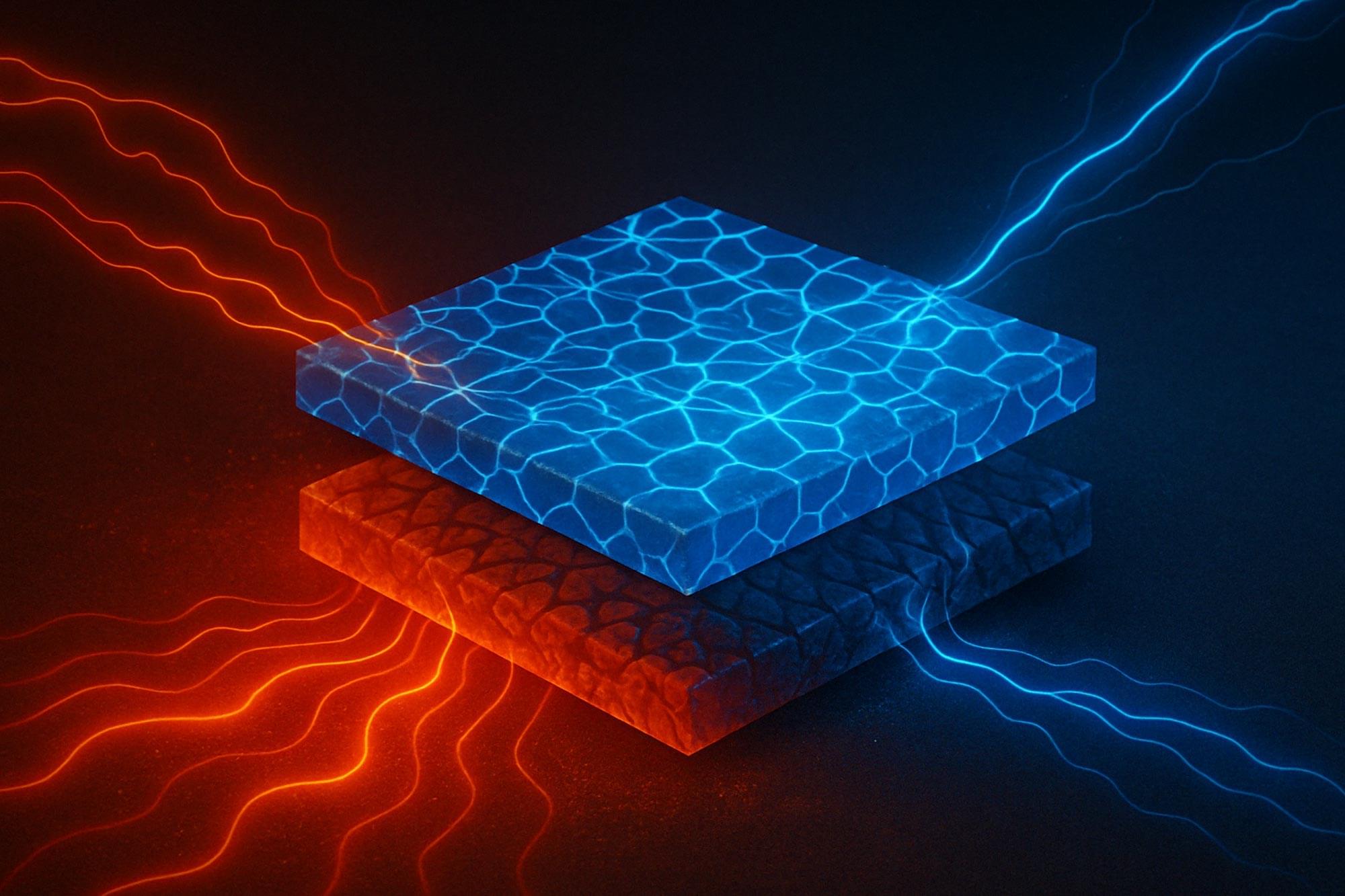A research team has developed an innovative single-step laser printing technique to accelerate the manufacturing of lithium-sulfur batteries. Integrating the commonly time-consuming active materials synthesis and cathode preparation in a nanosecond-scale laser-induced conversion process, this technique is set to revolutionize the future industrial production of printable electrochemical energy storage devices. The team was led by Prof. Mitch Li Guijun, Assistant Professor from the Division of Integrative Systems and Design at the Hong Kong University of Science and Technology (HKUST).
The findings of this study are published in the journal Nature Communications.
Lithium-sulfur batteries are expected to supersede existing lithium-ion batteries due to sulfur cathodes’ high theoretical energy density. To ensure the rapid conversion of sulfur species, these cathodes are typically composed of active materials, host materials (or catalysts), and conductive materials.









